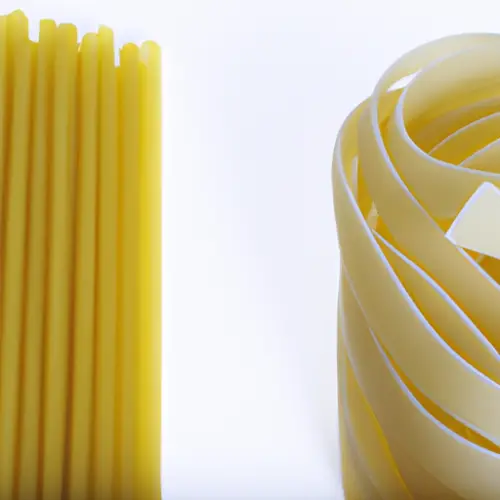It is normalcy to categorize noodles and pasta in the same group. After all, both terms are frequently used across the world. They look roughly similar to each other. And more or less, they taste almost the same. Noodles and pasta are the staple diets for two different regions; these are primarily seen as similar food around the world. But are they different? To a culinary novice, it may seem almost identical. However, there are many other differences between them, other than the origin. To broaden the horizon of the culinary knowledge base, here are some of the basic differences between the traditional Japanese and Italian mainstays.
So What is the Difference between noodles and pasta?
1. Noodles are named after a German word.
It is widely believed that noodles were invented by the Chinese during the Eastern Harn Dynasty, but their shape is different. Noodles are named after the German word “nudel” and Latin word “nodus.” Normally, people think that pasta is an Italian dish but it an Arabian dish and it came to Italy from Arabia. The pasta is derived from an Italian word, which means paste.
2. Noodles are softer and smoother.
Noodles are commonly made up of a softer and smooth variety of flours while the pasta is made up of a harder and coarser variety of durum semolina flour. The color of the noodles is lighter, and they have a smooth feeling. In contrast, the color of pasta is darker as compared to the noodles, and the feeling of pasta is rough.
3. Noodles maintain the same name even when the shape changes
Noodles are found in many shapes, but commonly they are found in thin rod-like shapes, and their name doesn’t differ when the shape changes. Pasta also found in more than three hundred shapes with specific names and for specific dishes like spaghetti and macaroni are found in a thin tube or cylinder-like shapes while the lasagna is found in, the sheets
4. Pasta is salt-free
In noodles, salt is present intrinsically to bind the dough and to soften the proteins, whereas the Italian pasta is salt-free, and salt is added to it while cooking to add the flavors.
5. Pasta is served with sauce.
Noodles are commonly served in hot or cold broth, whereas the pasta is commonly served hot with the sauce. Two sauces are commonly served with pasta one is the tomato sauce, and the other is cream or oil sauce.
6. Pasta requires biting when cooked and is crispy during chewing
Noodles remain soft when cooked and cannot maintain their shape. That’s why no real biting and chewing is required to eat noodles, whereas pasta is firm, which is commonly called al dente and also holds their shape. Biting is required in pasta, and it has a crispy feeling while chewing.
7. Noodles can be fried and boiled.
Noodles can be fried, and it can be served with soups and can be boiled to serve as the main food item with vegetable and meat. In contrast, pasta is commonly cooked by boiling.
8. Pasta is more expensive.
Noodles are less expensive and affordable to the common man as compared to pasta, which is slightly expensive than noodles.
Key Takeaway
Both noodles and pasta are composed of high complex carbohydrates, and they take time to release the energy rather than provide a quick boost of energy. As a result, they can be eaten 6 to 8 hours before the hardworking activity; hence, the reason athletes eat this food. People normally consider them a single food, but they are separate food items. The main thing is that they both are very delicious and are an essential part of the cuisine in all restaurants.

